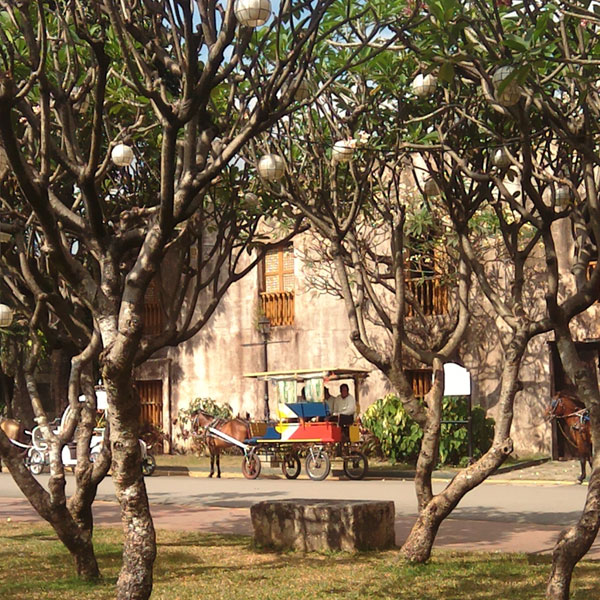Go (coco)nuts! Share this story with your friends.
Last week, local mobile makers Starmobile launched their newest phone, the UP Snap as they like to call it, by taking the press out for field trip and arming them with the phone, to experience the ultrapixel technology — 30% more light! — that they’re quite proud of. It’s the first local mobile to have that feature.
Together with Dustin Ancheta of Manila for a Day, we got a preview of how fun history can be. Dustin took us around Fort Santiago, San Agustin, and the very walls of Intramuros, giving fun trivia bits about Manila and the sites. Who knew history could be so entertaining?
Below are a few things we (re)learned about Manila and the rest of the country, from spending one fine day in Manila.
1. Tondo has always been known as Tondo. It was one of the biggest and and most vibrant kingdoms of the Tagalog people. The Spaniards, Americans, or Japanese never thought to rename it.
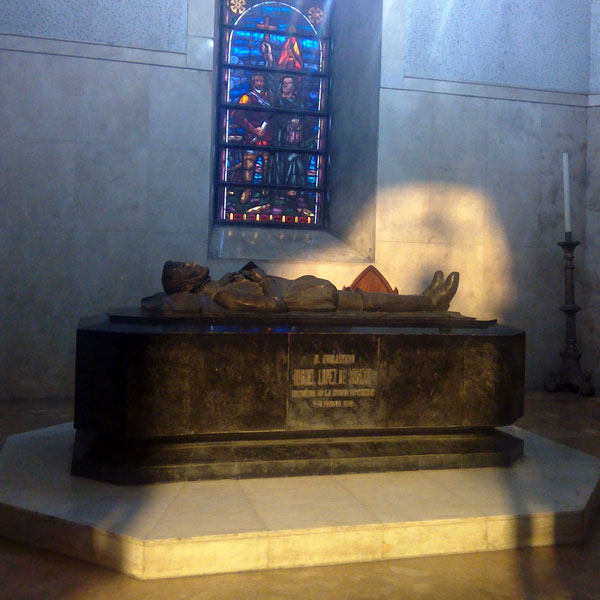
Miguel Lopez de Legazpi, founder of Manila buried in San Agustin church
2. The founder of Manila, Miguel Lopez de Legazpi, is actually buried inside San Agustin church. When you’re facing the altar, there’s a door to the left side, where his burial site is. It is open to the public, as long as there is no mass.
Read: Bukas Quiapo: New tour of Quiapo district showcases Manila’s forgotten gems [PHOTOS]
3. Speaking of San Agustin, it is the oldest stone church in the country. In 1993, it was declared a Unesco Heritage site, as it is one of only 4 baroque churches in the country.
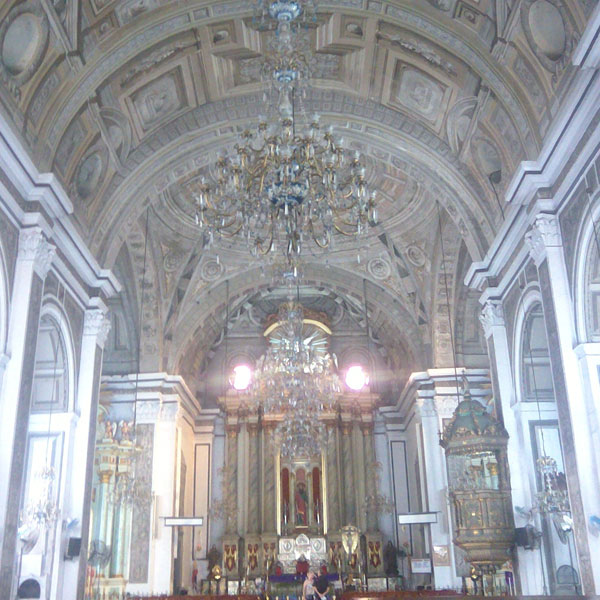
San Agustin, the oldest stone church in the Philippines
4. Sorry for the buzzkill, but the ceiling of the church? It’s not actually carved. It’s only painted in trompe-l’oeil style to make it seem like it is. It took the 2 Italian painters, who did this lovely paint job, 15 months to complete.
5. The second floor of San Agustin is actually open to visitors. This is where you’ll find the library, which is currently on preview. Restoration is underway and the library will soon open for public use within the year.
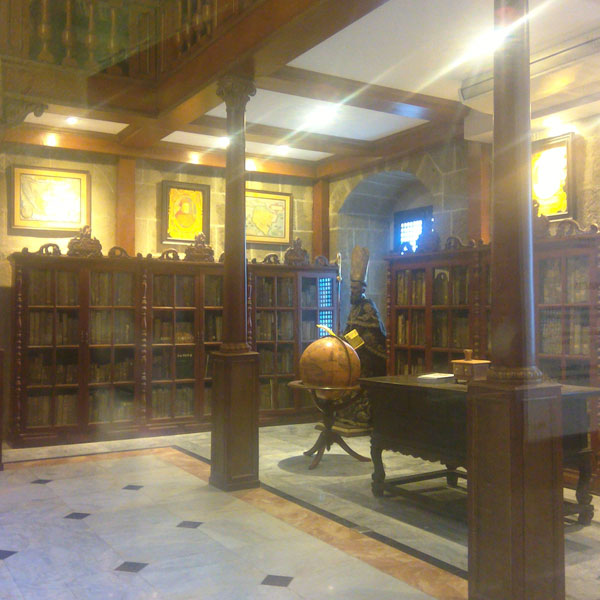
San Agustin is already restoring its library on the second floor. It is currently on preview
6. Inside the library is a globe so old that Greenland isn’t even there yet.
7. The Coro is the only wooden part of the whole church. This is a practical explanation as to why the church was able to withstand time, fire, and all of that.
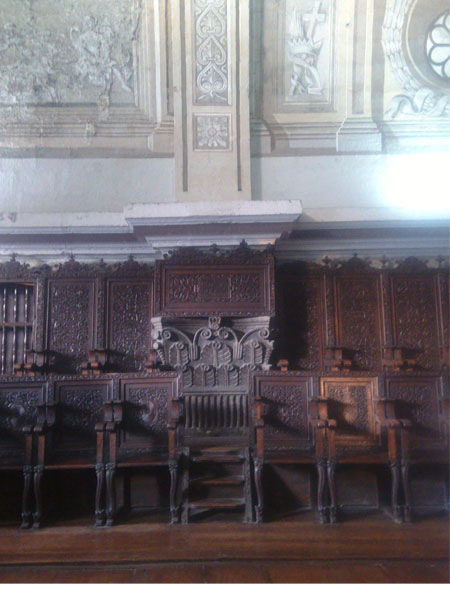
At the coro of San Agustin
8. During the Spanish regime, the Philippines was ruled from Fort Santiago. As in, Fort Santiago was the center of everything. And then a massive earthquake hit Manila, forcing the government to move the seat of power to what we now refer to as Malacanang Palace.
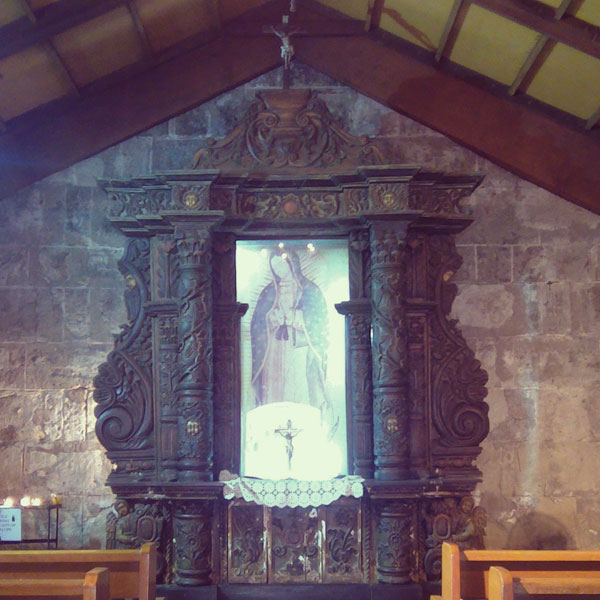
At the Reducto de San Francisco Javier
9. In Fort Santiago, you will find the replica of the first image of Our Lady of Guadalupe that was ever brought to the country. It is located in the Reducto de San Francisco Javier, aka The Shrine of our Lady of Guadalupe. Upon entering Fort Santiago, you can it find on your left side, after the souvenir shops. Note: you will need to walk through a dark and creepy tunnel to get to the shrine.
10. Because of the Rizalistas, the Rizal Shrine in Fort Santiago is considered holy.
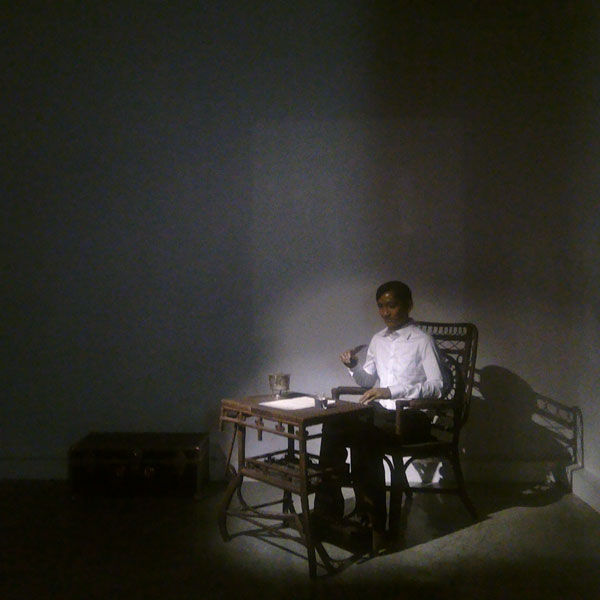
Inside the Rizal shrine
11. On the grounds of Fort Santiago are bronze footsteps that traced Rizal’s final walk to his death. They were only added in 1998 as part of our Centennial celebration.
12. Manila was named after a flower called “Nilad.” History has it that when Juan de Salcedo landed in the Pasig river, he unknowingly pointed to a bush of Nilads, and asked the natives, “what is this place called?” The natives replied, “May Nilad.” And thus, Manila we came to be. “Of course, this is a hotly contested topic,” says Dustin. “Ambeth Ocampo does not subscribe to this explanation, while the NCCA and the government of Manila do.”
13. The arch on the main gate of Fort Santiago? That’s only now just a replica. The original was bombed during the Battle of Manila on Feb 28, 1945. It was only replaced sometime between the early ‘50s to the late ‘60s.
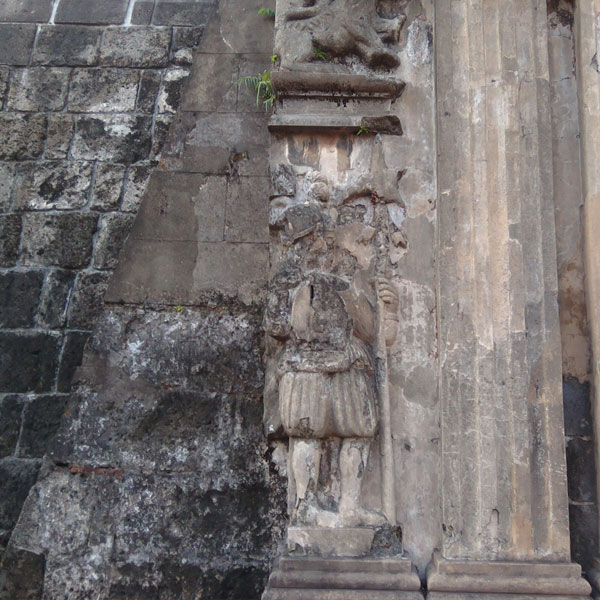
Where the sentinel stands? That’s the division between the original wall and the reconstructed one
14. And the bridge to the arch of Fort Santiago? It isn’t aligned with the actual gate. That’s an added security measure.
15. Sorry, Singaporeans. The Merlion actually figures in our history, too. According to Dustin, the symbol of the merlion was awarded to the Philippines as a reward to Miguel Lopez de Legaspi. It was first seen in official Spanish documents in May 1596. On the arch of Fort Santiago’s main gate, is an embossed, super vague shape of Singapore’s national symbol.
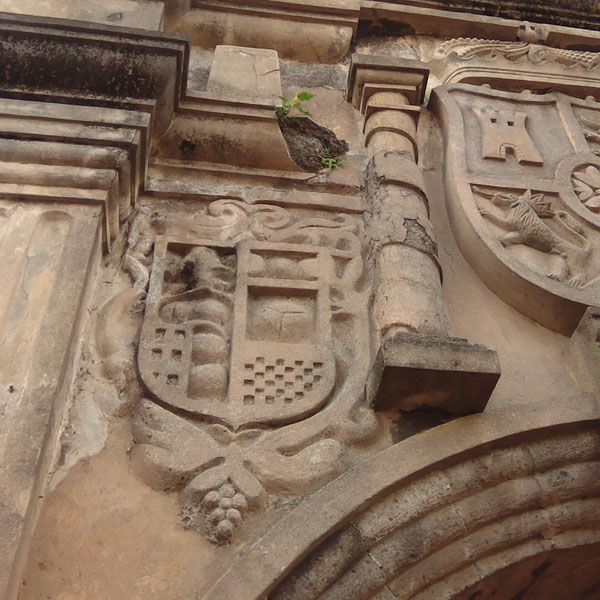
In that emblem is the super vague merlion
16. St. James the moor-slayer is the patron saint of Spain until 1770. You can find his image at the very top of the arch of the main gate of Fort Santiago.
17. When the Spaniards arrived in Cebu, we all know that they were met by Lapu-Lapu and his troops. The Cebuanos were actually pintados, a group of tattooed warriors. Here’s a story about our tattooed warriors: they get their first tattoo on their ankles, marking an important occasion — their first kill, their first hunt, the like. From the ankle, their ink would creep up their bodies every time they achieve something. Lapu-Lapu was a solid pintado. He was tattooed all the way up to his eyelids. Imagine how many conquests that guy won.
